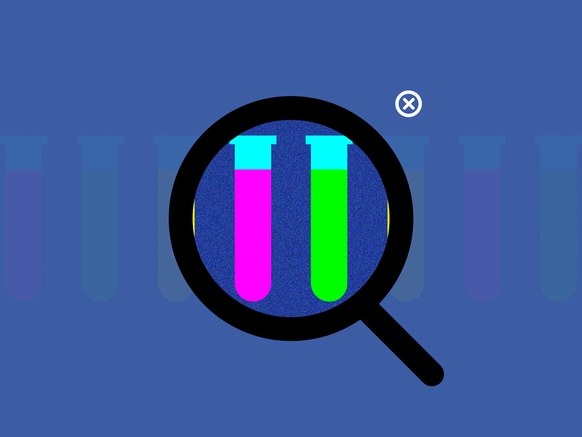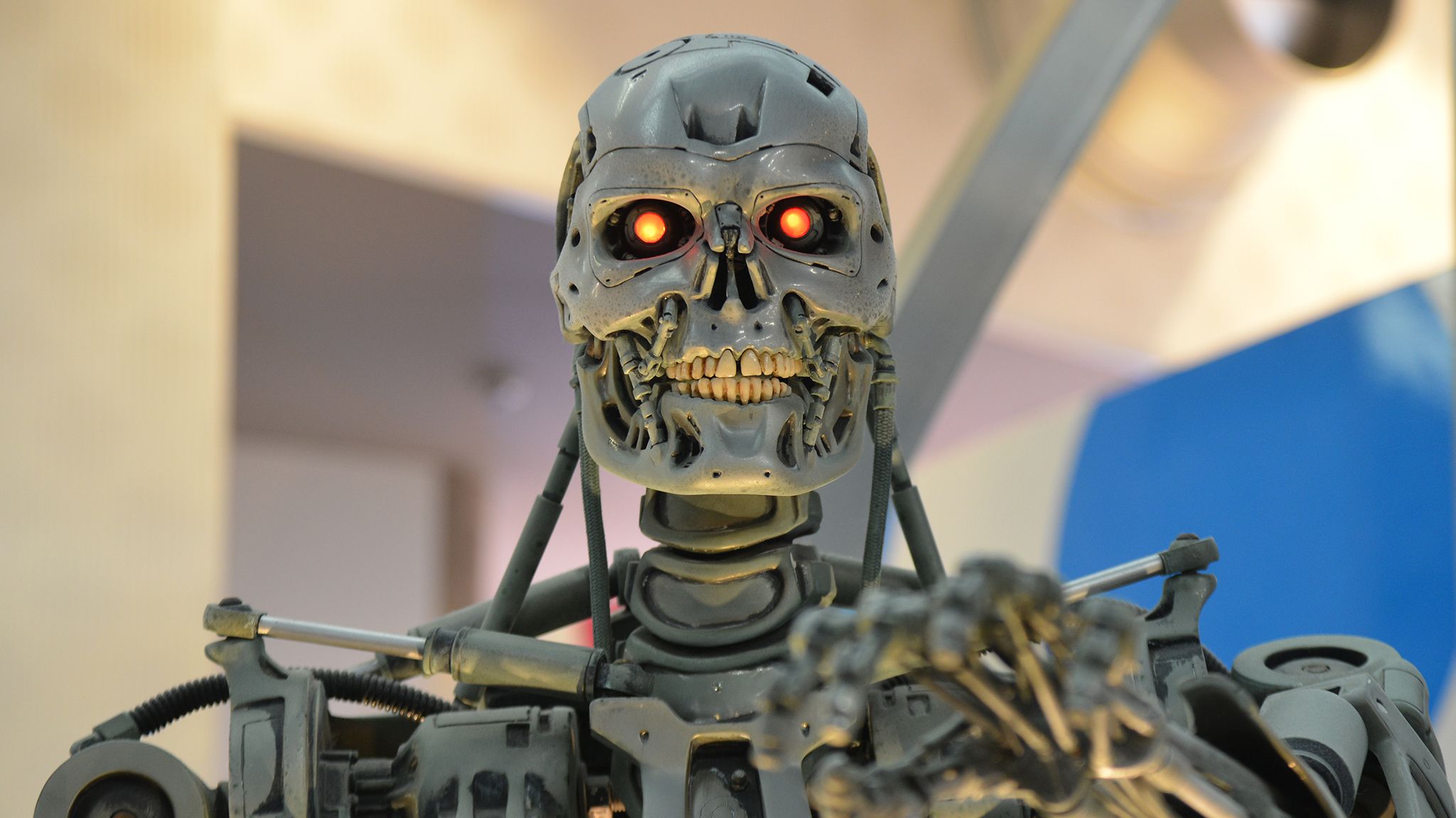Dr. Hébert will be in Berlin to provide an update on his fascinating work. The use of stem cells to repair the brain is relatively straightforward for Parkinson’s disease, in which cell depletion is localized to one small region, but in Alzheimer’s disease and other conditions, the cell loss is widely distributed, whereas cells can only be injected into one spot. The solution that Dr. Hébert explores is to make those cells migrate before dividing and differentiating.
https://www.undoing-aging.org/dr-jean-hebert-to-speak-at-undoing-aging-2018








